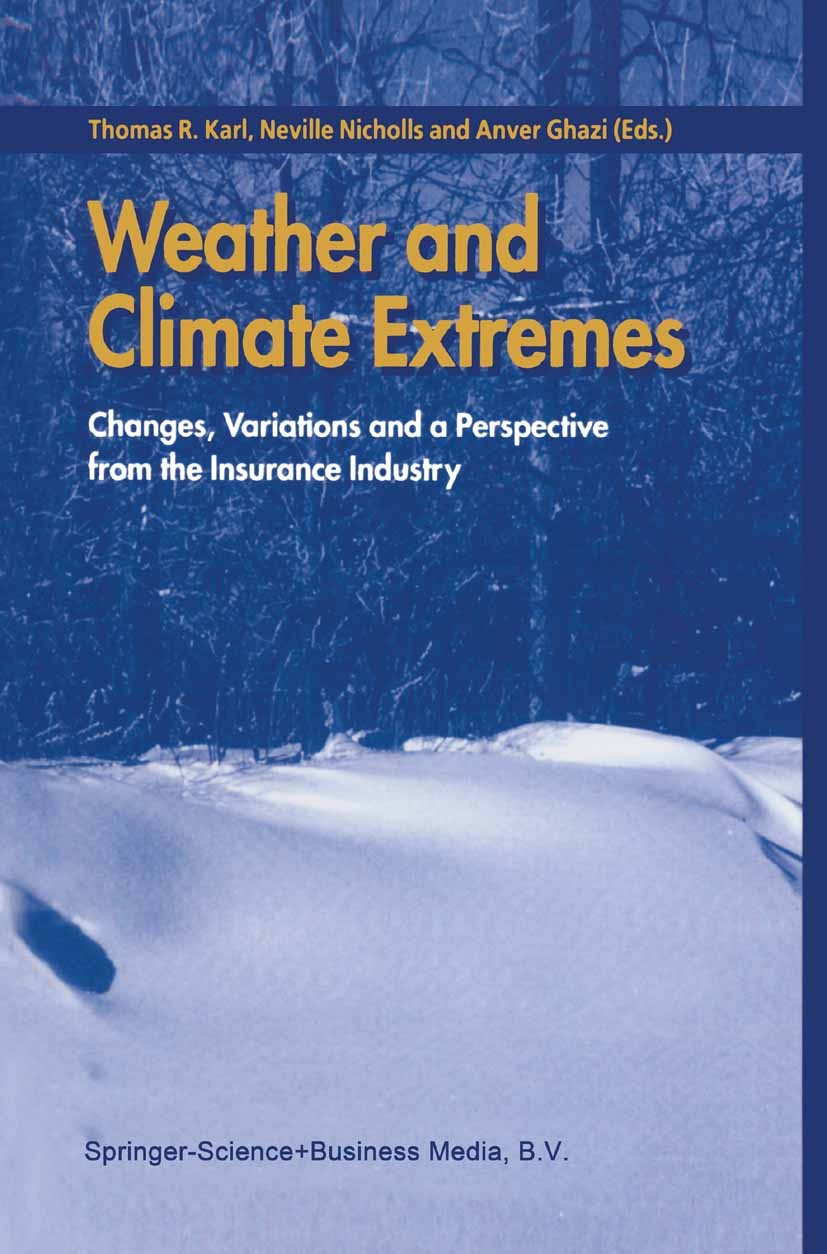理解预估热浪增强的动力系统方法
IF 6.9
1区 地球科学
Q1 METEOROLOGY & ATMOSPHERIC SCIENCES
引用次数: 0
摘要
热浪造成众所周知的健康危害,并带来社会经济和生态后果。在欧洲的夏季,阻塞的高温通常会引发这样的热浪。这些事件的动力学、地表影响和对气候强迫的敏感性引起了极大的兴趣,但由于这些事件的分析对方法细节很敏感,因此需要采用多方面的方法来得出可靠的结果。在此进行这样的分析,以便观察和预测未来。气象站的热浪,根据不适指数来定义,它结合了温度和湿度,在再分析中被很好地捕获。再分析还揭示了预期的等效正压反气旋异常,以及与这些热浪相关的对流层中异常缓慢的西风带。通过动力系统理论分析,还发现了与该结构的强空间对应关系。后者根据所谓的“持续度规”θ−1提取了对流层中流动的最持久的模式。热浪和阻塞更有可能发生在持续状态。历史预估和21世纪末期的预估也捕捉到了类似的行为,预估θ−1的分布基本保持不变,表明极端事件的持续性变化不大。在本世纪末的预估中,持续阻塞的频率和持续时间都没有变化,但热浪强度确实增加了。由此得出的结论是,预估的热浪增强是由热力学机制而不是动力机制引起的。这一结论取决于从流中去除多年运行的平均背景以进行持久性分析。如果没有这种高通滤波,预估的持续时间会增加,因为气流的特征是区域变暖趋势模式。本文章由计算机程序翻译,如有差异,请以英文原文为准。
Dynamical systems methods to understand projected heatwave intensification
Heatwaves pose well-known health dangers, and carry socio-economic and ecological consequences. Blocking highs typically drive such heatwaves during the European summer. The dynamics, surface impacts, and sensitivity to climate forcing of such events are of great interest, but because analysis of these events is sensitive to methodological details, a multi-faceted approach is needed to derive robust results. Such an analysis is carried out here, for observations and future projections. Heatwaves at meteorological stations, defined in terms of the discomfort index, which combines temperature and humidity, are well-captured in reanalysis. Reanalysis also reveals an expected equivalent-barotropic anticyclonic anomaly, with anomalously slow midtropospheric westerlies, associated with these heatwaves. A strong spatial correspondence to this structure is also found with a dynamical-systems theoretic analysis. The latter extracts the most-persistent patterns of midtropospheric flow in terms of the so-called ‘persistence metric’, . Heatwaves and blocks are far more likely to occur during persistent states. Historic and end-of-21st-century projections capture similar behavior, and the distribution of projected remains largely unchanged, indicating little change in extreme-event persistence. Neither the frequency nor the duration of persistent blocks changes in end-of-century projections, but heatwave intensity does increase. The conclusion is thus that the projected intensification of heatwaves arises from a thermodynamic mechanism and not a dynamic one. This conclusion depends on removing a multi-year running mean background from the flow for the persistence analysis. Without this high-pass filtering, a projected secular increase in persistence arises as the flow becomes characterized by a regional warming trend pattern.
求助全文
通过发布文献求助,成功后即可免费获取论文全文。
去求助
来源期刊

Weather and Climate Extremes
Earth and Planetary Sciences-Atmospheric Science
CiteScore
11.00
自引率
7.50%
发文量
102
审稿时长
33 weeks
期刊介绍:
Weather and Climate Extremes
Target Audience:
Academics
Decision makers
International development agencies
Non-governmental organizations (NGOs)
Civil society
Focus Areas:
Research in weather and climate extremes
Monitoring and early warning systems
Assessment of vulnerability and impacts
Developing and implementing intervention policies
Effective risk management and adaptation practices
Engagement of local communities in adopting coping strategies
Information and communication strategies tailored to local and regional needs and circumstances
 求助内容:
求助内容: 应助结果提醒方式:
应助结果提醒方式:


